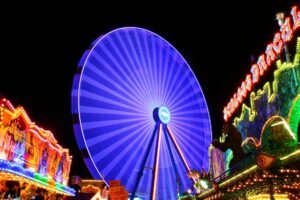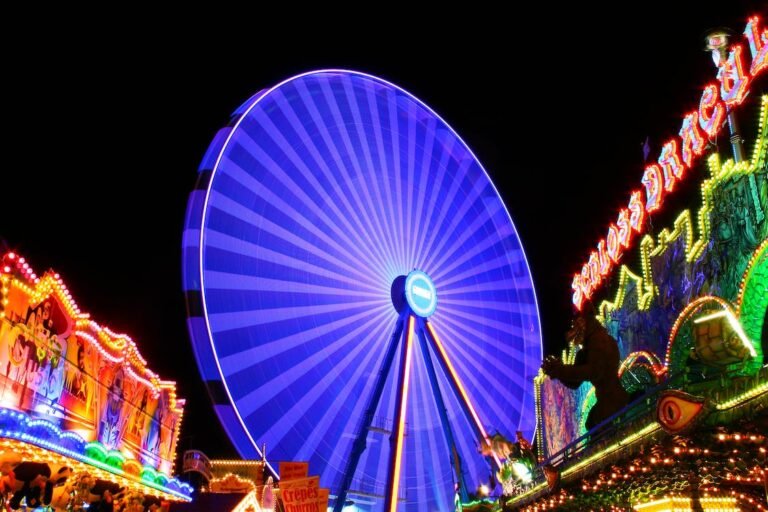The concept of “vibration” has been around for centuries, appearing in various spiritual traditions, philosophies, and even in modern psychology. We often hear terms like “high vibration” associated with feelings of joy, creativity, and empowerment, and “low vibration” linked to fear, doubt, and lethargy. This binary perspective might seem overly simplistic, but what if we view this energetic ebb and flow as a wheel—a Wheel of Energy—that serves us in both its highs and lows?
The High-Vibrational Stage: The Pinnacle of Manifestation
The Psychology of Positive Reinforcement
When you’re at a high-vibrational stage, it seems like the universe is conspiring in your favour. Opportunities manifest effortlessly, and it feels as if you’re in a state of flow. Psychologically, this experience aligns with what Mihaly Csikszentmihalyi describes as the “Flow State,” where you’re fully immersed in the task at hand, reaping not only productivity but also emotional fulfilment.
The Social Contagion of High Energy
Sociologically, your high vibrational energy impacts not just you but also those around you. It’s what Christakis and Fowler describe as the “Three Degrees of Influence Rule” in their study on social networks. Your positive energy can affect your friends, your friends’ friends, and even their friends. The ripple effect is potent.
The Philosophy of Flourishing
In a high-vibrational state, we embody what the ancient Greeks termed “Eudaimonia”—a state of flourishing. Aristotle believed that achieving Eudaimonia is the highest human good. Here, you’re not just surviving; you’re thriving.
The Low-Vibrational Stage: The Regenerative Underbelly
The Jungian Shadow: Embracing the Darkness
As much as we crave to stay on a high-vibrational plateau, the wheel inevitably turns. Low-vibrational stages are often treated as pitfalls, yet they offer their own set of gifts. Psychologist Carl Jung spoke about the “Shadow”—the darker aspects of our personality that we often ignore or suppress. These low-vibrational periods could serve as a mirror reflecting what we need to address, making the stage inherently regenerative.
Societal Stigmas and Personal Transformation
Society often stigmatizes low-energy states, associating them with unproductivity or emotional instability. But historically, periods of withdrawal have been essential for personal and even societal transformation. Just consider the philosophical insights that arose from Descartes’ isolation or Buddha’s meditations under the Bodhi tree.
The Daoist Perspective: The Importance of Balance
Daoism encapsulates the philosophy of balance between two seemingly opposite forces. Just like the symbol of Yin and Yang, the low-vibrational stage (Yin) serves as the necessary counterbalance to the high-vibrational (Yang). The ‘low’ isn’t a downfall but a moment for regenerative potential.
Navigating the Wheel: Strategies for Balance
- Self-Awareness: Mindfulness techniques can help you identify your current position on the Wheel of Energy.
- Embrace Duality: Accept that both high and low-vibrational stages serve a purpose.
- Seek Guidance: Sometimes, we need a social or philosophical framework to navigate the lows. Seek support from community or wisdom from literature.
- Take Regenerative Actions: Use the low-vibrational stages to recalibrate, rest, and listen to what your ‘shadow’ has to say.
Breaking My Addictions Summary
The Wheel of Energy, encompassing both high and low-vibrational stages, offers us a more nuanced perspective on our emotional and energetic states. Recognising that both sides of the wheel have unique gifts and lessons to offer can transform the way we view our lives. Far from being a linear journey, the Wheel of Energy is a cyclical path that provides continuous opportunities for personal growth, societal impact, and philosophical understanding.













